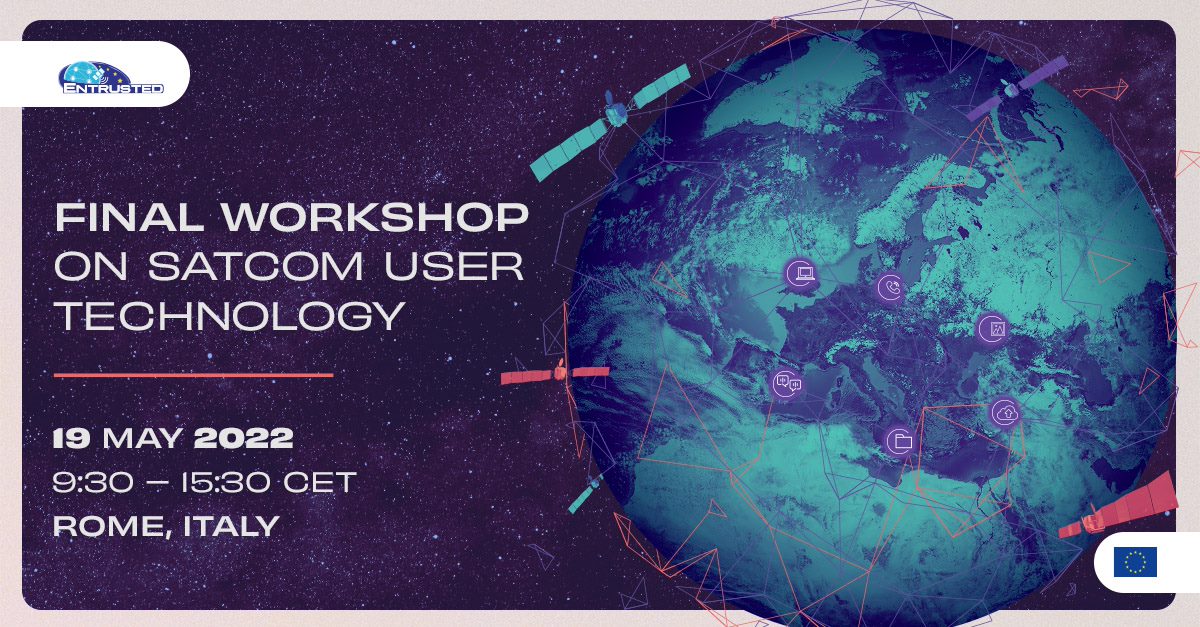Date: September 27, 2022
Category: Events
Autor: Ewelina Kaatz-Drzeżdżon
The second workshop organised in the scope of the ENTRUSTED project focused on the state-of-the-art satellite communications (SatCom) technology and future technological trends. The hybrid event, which took place on 19 May 2022, was prepared by Italy (ASI) and Greece (MinDigital and MoD). The workshop allowed all Consortium members and external collaborators to learn about the status of research activities in the field of SatCom user technology. The event gathered almost 40 participants representing 11 Member States and 6 EU entities.
The general aim of the workshop was to present the ENTRUSTED Consortium with the status quo of research activities undertaken in Work Package 3 Analysis of SatCom User Technology. The following topics were presented and discussed:
- state-of-the-art of secure SatCom suitable for governmental users technology and service access,
- evolution of secure SatCom services,
- future technological trends for secure SatCom suitable to governmental users, and
- key technological factors for governmental SatCom services.
The overview of available SatCom services began with the presentation of a generic satellite telecommunication system, with reference to three macro-areas and their distinct subsystems and components (i.e., the ground segment, space segment and user segment). Next, service provision schemes and service access schemes were depicted. It was emphasised that secure SatCom for governmental users should provide a different level of access to selected services for restricted categories of users. Exemplary SatCom applications were also mentioned, including video streaming, video conferencing, real-time content sharing, other non real-time data, voice calls, radio-services, intersystem data transmission, IoT applications, remote and secure access to specific information and data bases, and network backhauling. Each application was characterised by two key parameters – bandwidth and latency.
Subsequently, the state-of-the-art of the current technological baseline was discussed. Reference was made to the architecture of space and ground segments, different orbital regimes of telecommunication satellites, data flow from a gateway to a satellite and back to the gateway, the role of a spacecraft control centre, telemetry, tracking and control stations and a mission control centre. Next, the user segment was presented in a detailed manner. A generic user terminal architecture was outlined with main terminal components, and different user terminals were described. User equipment was classified based on some technological features, such as radioelectric performance, power consumption and autonomy, operational bands, resilience to interfere. Participants who attended the workshop in-person were presented with three types of GEO SatCom terminals. The first one was a small size fly-away terminal which can be deployed on-the-pause (Photo 1). A mobile terminal was also demonstrated (Photo 2). It was equipped with an auto-tracking phased array antenna that can point and track a satellite while the platform is moving. The third terminal shown to participants was a light weight manpack developed for tactical military operations (Photo 3).
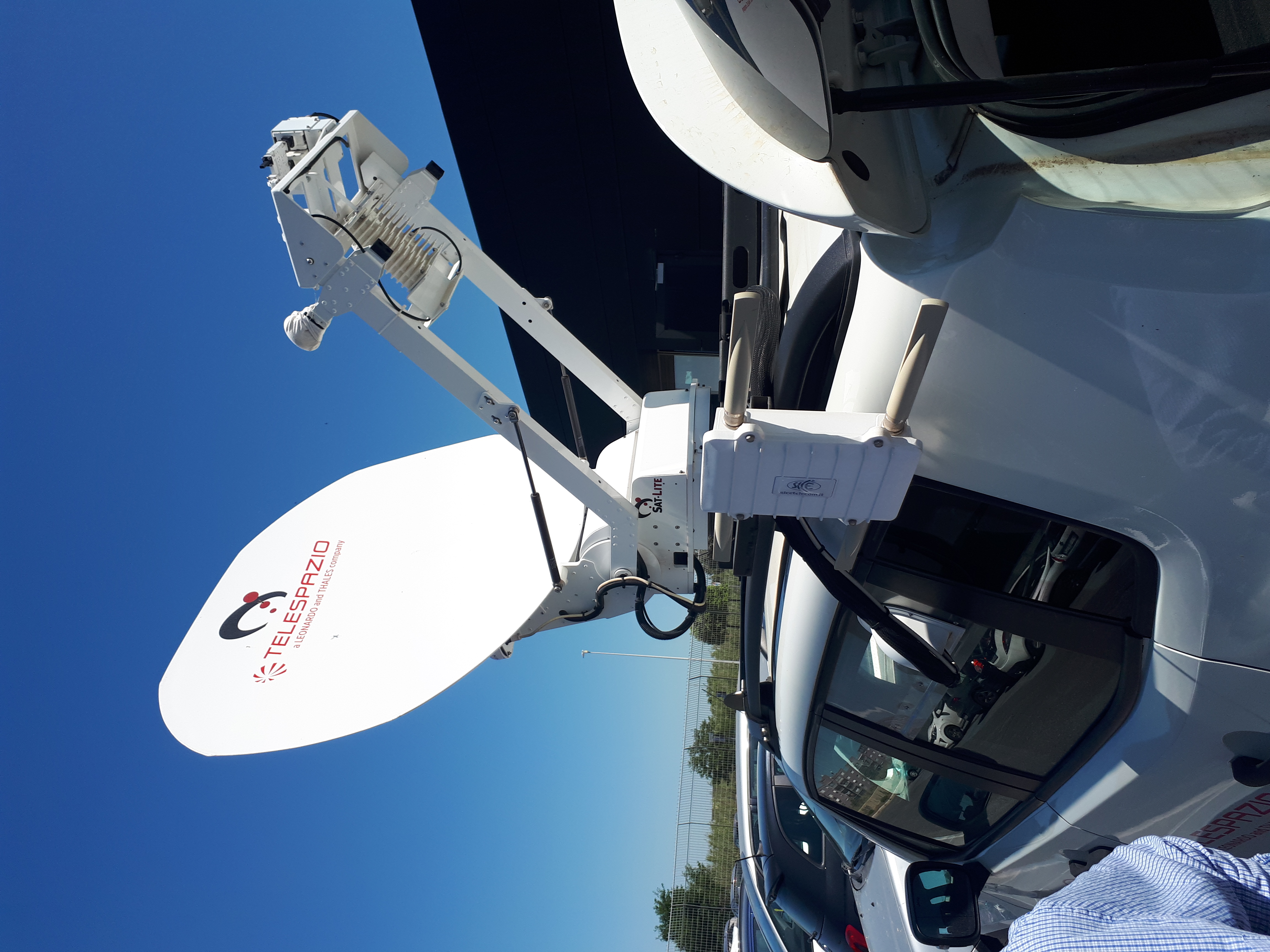 |
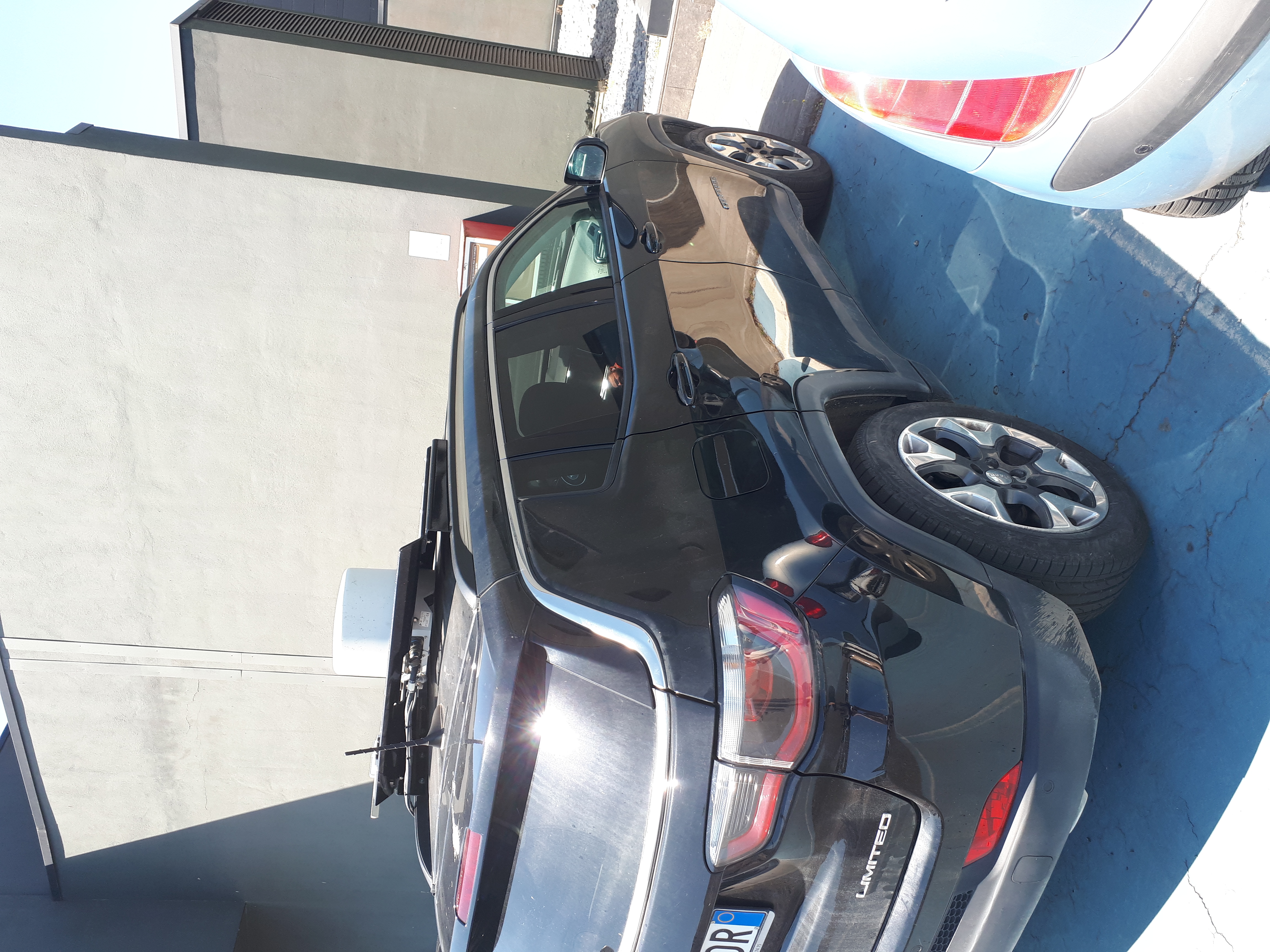 |
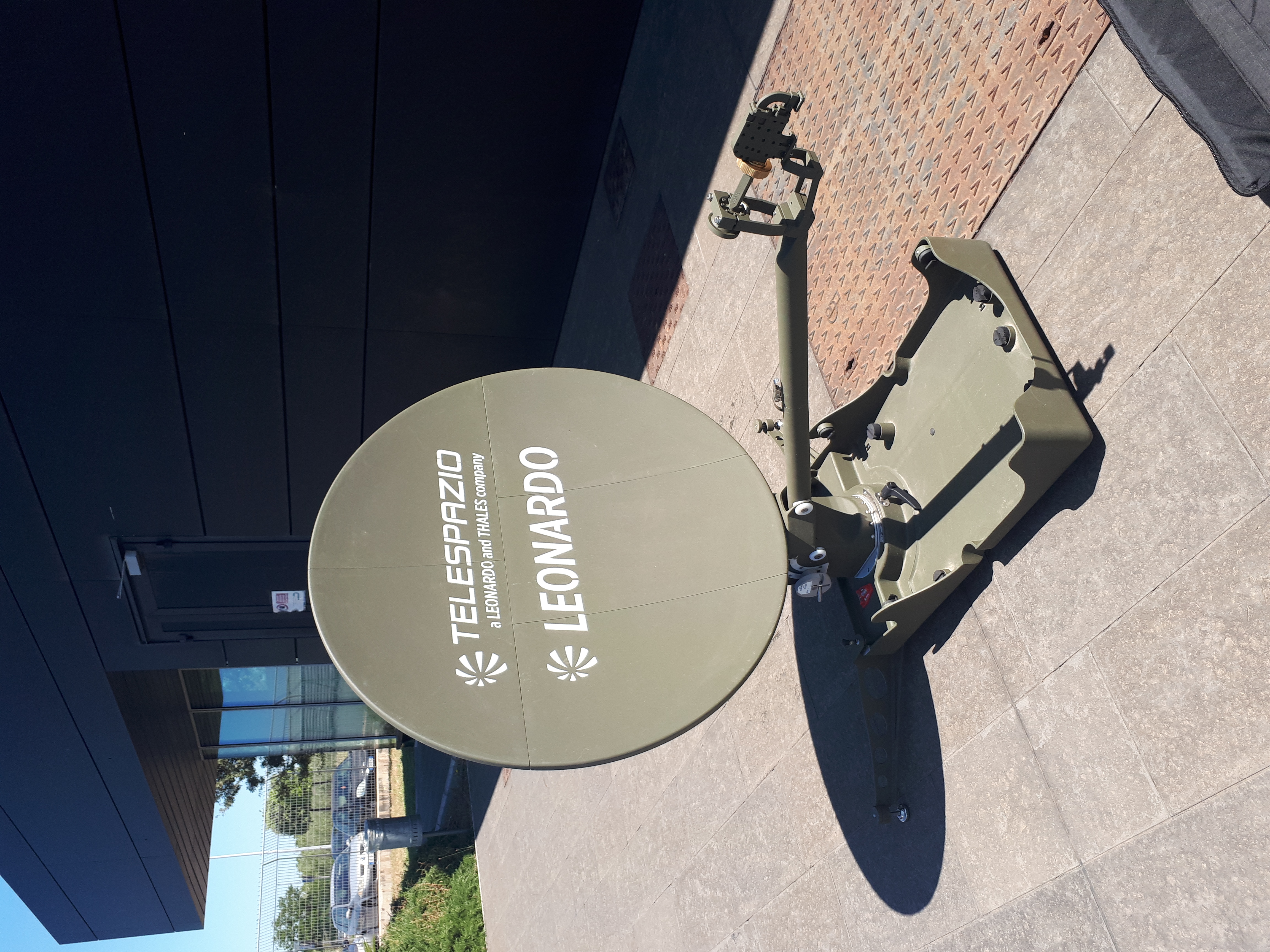 |
| Photo 1: Fly-away terminal | Photo 2: Mobile terminal | Photo 3: Manpack terminal |
During the workshop participants also discussed different security threats to a SatCom system originating from natural phenomena interference, electromagnetic environment interference, equipment failure, man-made interference and cyberattacks. Some countermeasures were also highlighted within the framework of the Security Triad, which embraces information confidentiality, integrity and availability. Following this, relevant security techniques were mentioned, including direct sequence spread spectrum and frequency hopping spread spectrum, adaptive beamforming with steering capabilities (related to antijamming capability), and the localisation of interference and recovery of corrupted signal.
The next thematic block focused to the evolution of SatCom use cases and new drivers of enabling technologies. Examples of new technology trends and key topics addressed in the workshop included aerial satellite networks, connectivity to moving platforms, connectivity for M2M and IoT, or integration with 5G cellular networks. It was argued that there numerous technologies and drivers should be considered, for instance, the use of higher frequency bands, evolution of on-board processing functionalities, Low Earth Orbit (LEO) satellite systems, software defined radio (SDR), network virtualisation functions, ground stations on moving platforms, machine learning/artificial intelligence.
A preliminary analysis of technology advancement in the user segment showed that there were some baseline limitations, as producers and manufacturers use different technological solutions which do not usually adhere to a common standard. The first desired feature of a user terminal is the capability to connect to a multi-orbit system. This is followed by its ability to operate at different frequency portions of the spectrum. Future user terminals should be characterised by a high level of flexibility and include software defined capabilities. Terminals need to be suitable to moving platforms, easy to use and deploy. In addition, it will be important in the near future to develop standard interface with terrestrial networks and standards for roaming and security.
Some service access related capabilities for governmental satellite communications were also acknowledged, including secured access (authorisation and authentication), prioritisation rules, a user-friendly portal to access services, possibility to share/lease terminals, and resource optimisation. Moreover, the importance of anticipating future user needs in addition to existing ones for the analysis of capabilities and technologies for governmental satellite communications was emphasised.
Workshop participants were briefed on the results of online consultations, which had taken place between December 2021 and January 2022 on the project website. Results of online consultations turned out to be consistent with the analysis conducted in the project. It was argued that more stringent security requirements of governmental satellite communications pose several challenges related to secure interoperability among different agencies, potentially different roles for access to services, and specific operational scenarios.
At the end of the workshop, participants obtained information about how relevant outputs from Work Package 3 will contribute to future research activities. ENTRUSTED research on SatCom technology would provide answers to the following questions:
- What is currently available to users?
- What will be available in the near future?
- What is required but not yet available?
- Which are the capability gaps?
- What R&I activities are needed to fill identified gaps?
Consortium partners concluded that the complexity of performed analysis was caused by the necessity to identify and determine service provision looking at the system of systems, considering a wide range of technologies and multiple users.
The workshop was hosted by ASI at their main headquarters in Rome (Photo 4). There was also a possibility to join the event through an online platform.
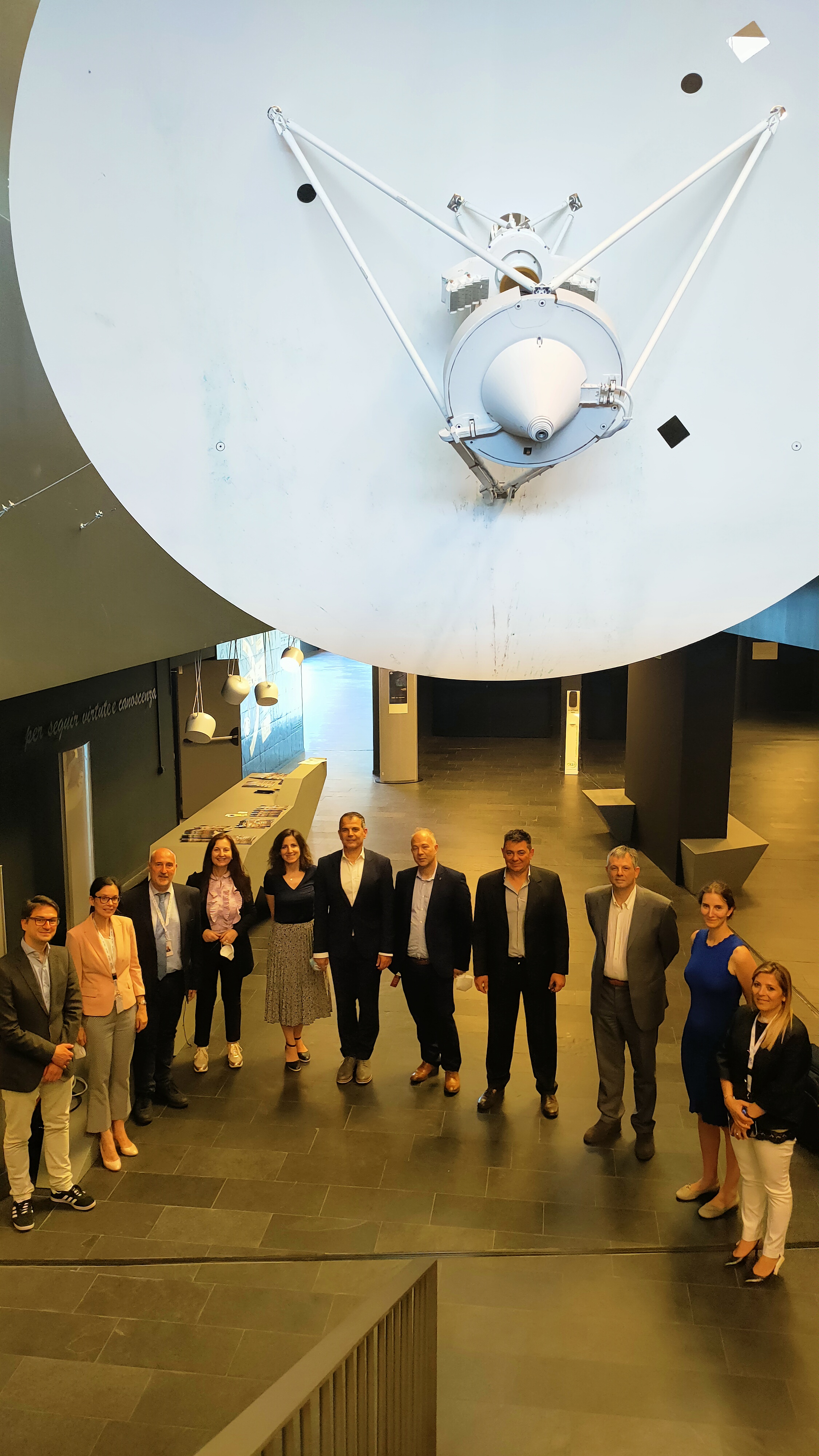 |
|
Photo 4: Participants of the ENTRUSTED workshop in Rome |
